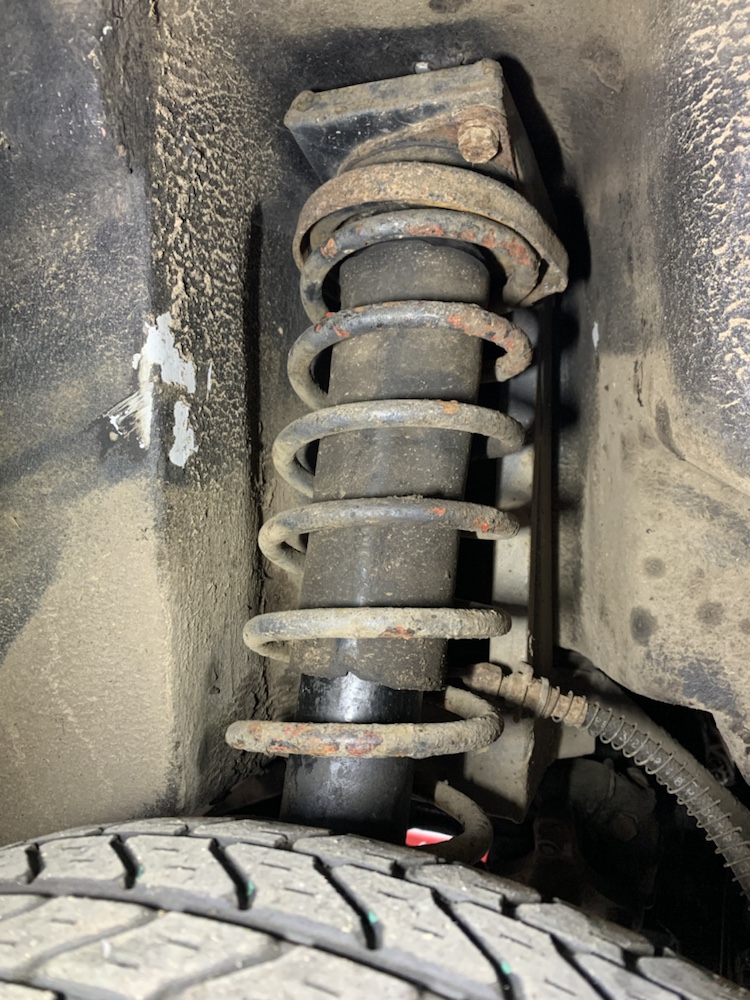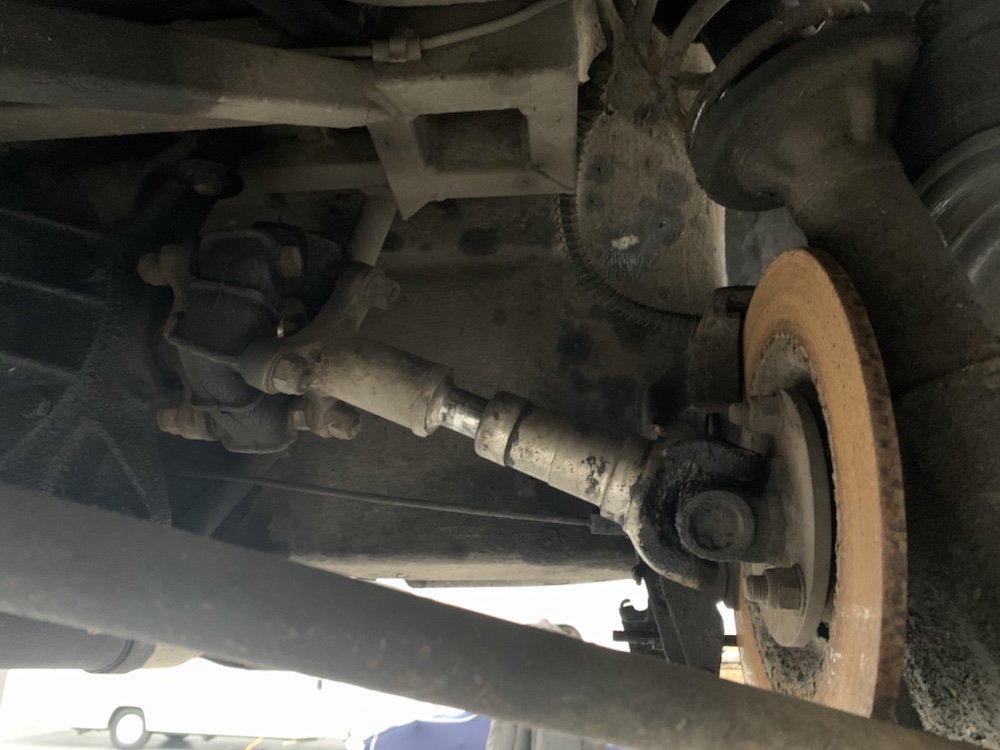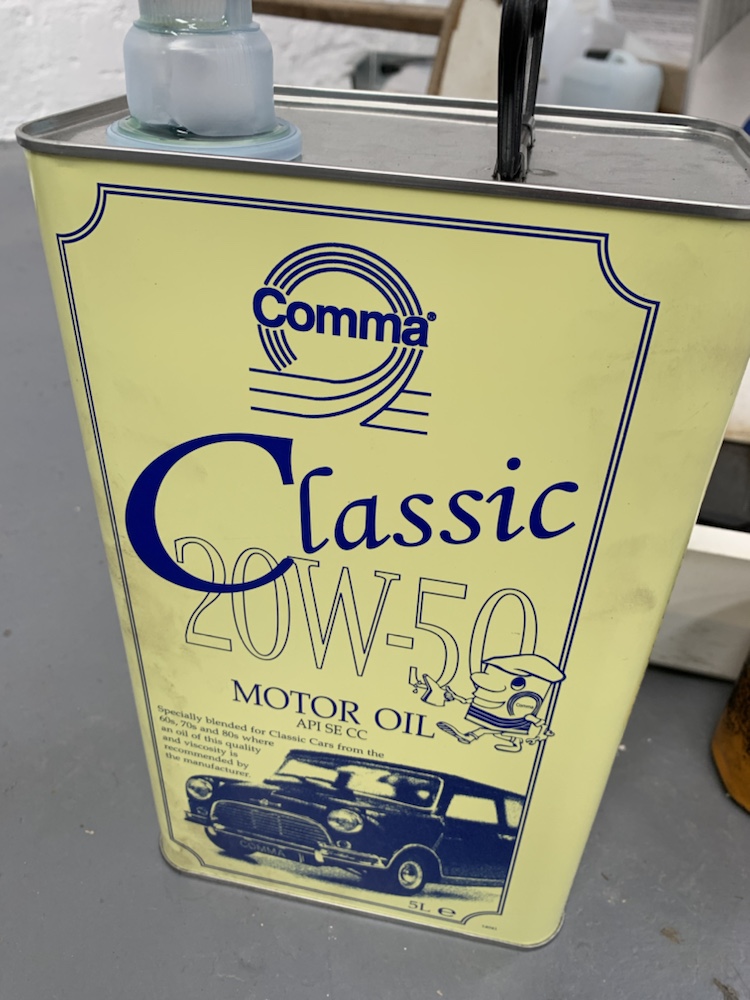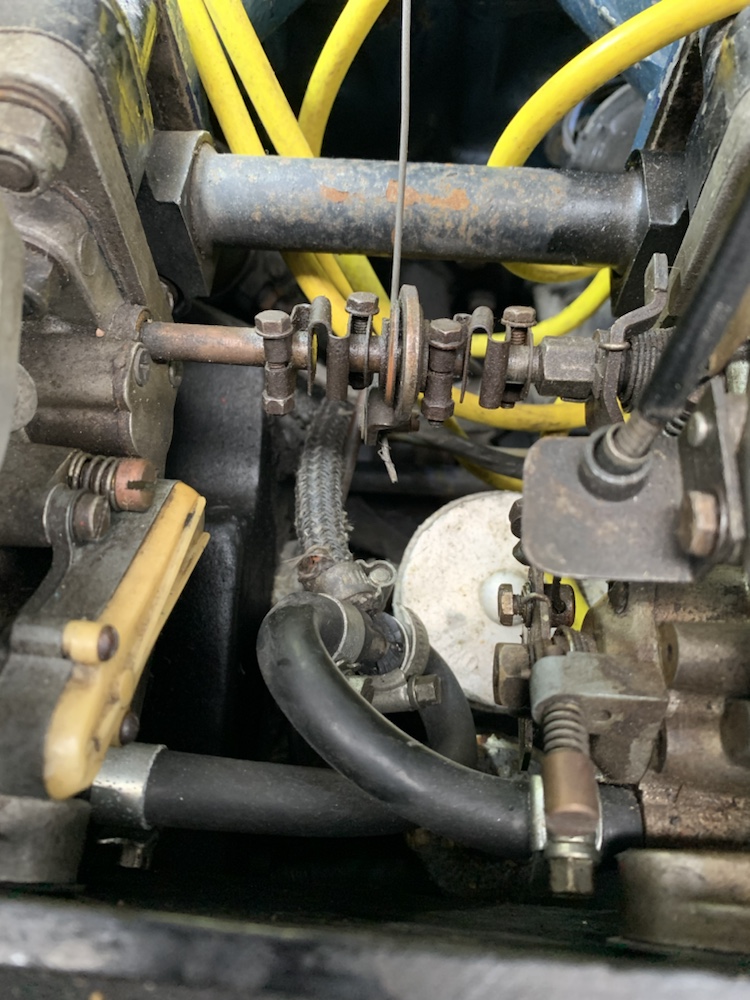Courtesy of the extremely useful forum over on LotusElan.net I had my first To Do list set. The list of tasks needing completed to remove the body from the chassis, leaving the drivetrain intact;
– Remove bonnet
– Disconnect battery cable
– Drain radiator, engine, transmission, rear differential
– Disconnect hoses, remove radiator
– Disconnect vacuum lines for head lights
– Disconnect water temp sensor and heater control valve on head
– Disconnect steering column, Remove the pinch bolt from the steering shaft coupling located near the front cross member. Under the instrument panel loosen the two U bolts securing the steering shaft. Pull the steering wheel back about 1 inch to disengage the splined steering shaft from the coupling.
– Disconnect throttle cable
– Remove airbox, carburetors and rear studs
– Unfasten and remove tailpipe/muffler /exhaust pipe from header
– Disconnect speedo cable, parking brake cable
– Disconnect clutch slave cylinder
– Disconnect ignition switch wire from starter and all ground wires to frame
– Disconnect brake lines from master cylinder
– Disconnect oil pressure line from block
– Disconnect primary ignition and high tension wires to distributor from coil
– Disconnect fuel line from fuel pump
– Remove transmission shift lever, plug tranny opening with wadded paper towel
– Remove horns mounted on front body/chassis through bolts
– Remove 12 UNC body chassis bolts from underneath
– Behind dash at the tunnel top, remove two UNF bolts on each side
– Behind carpet panel below the convertible top storage area remove the two UNF body/rear strut bolts
– Nearby on the outboard sides remove the bolts and clevis holding the seat
– To lighten the body for lift off: Remove fuel tank, Remove seats
– Remove the black ground wire connected to the differential rubber mount in boot.
– Remove the two seat belt inboard ring bolts that screw into the transmission tunnel portion of the frame.
– Remove the large rubber hole plug on the right side of the transmission tunnel, used to access the drive shaft u-joint.
– There are 16 bolts holding the body onto the chassis
– Check for any shims on frame and mark locations of them
The good news is, some parts were already struck off the list.
Bonnet is only held on with one big spring. Seats are already unbolted. It’s like being half way there.
Next up, fuel tank removal.
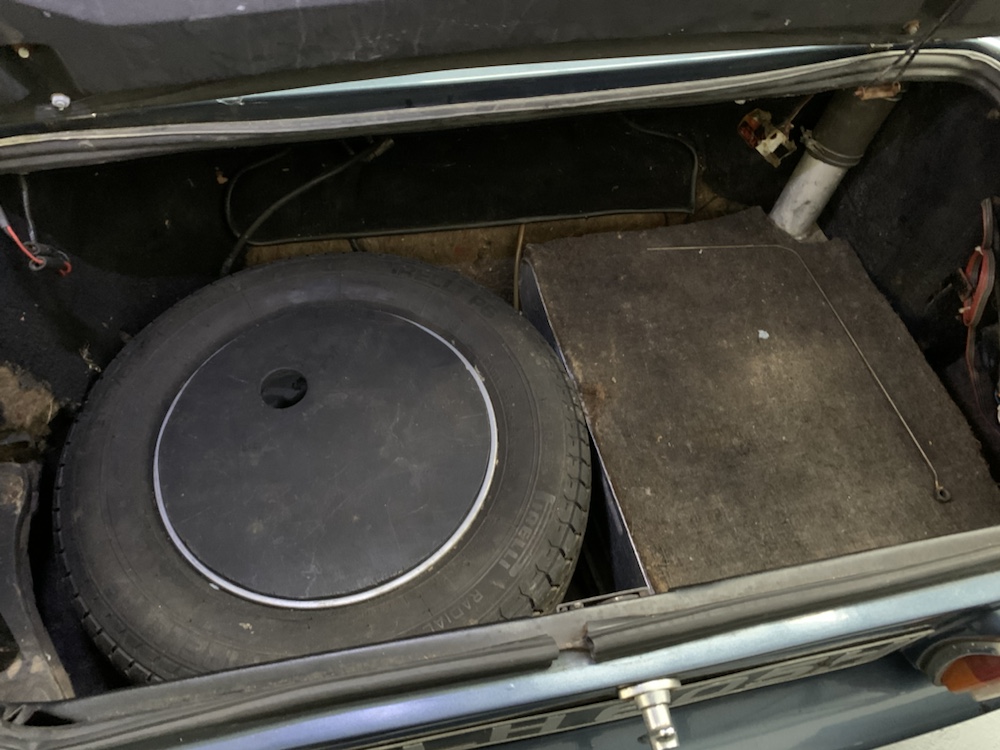
Access is nice and easy.
The tank and filler cap are joined with a section of rubber hose, this was the most challenging part of removing the tank really. The tube forming the neck of the tank and the tube coming down from the filler cap are both fairly long, so there’s not a lot of space in between, meaning the rubber hose is a long way on to each tube and there’s not a lot of wiggle space in the middle. This is escalated when you have a 50 year old hose which is suitably hardened. Wound up just reverting to being a proper Glaswegian and knifing the life out of it.
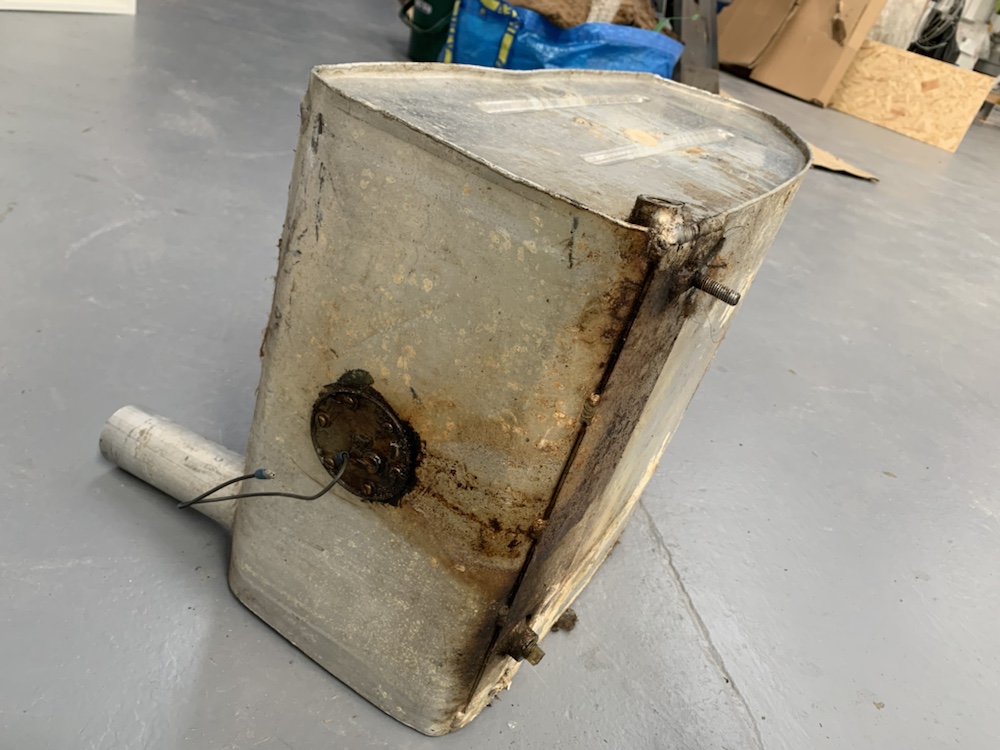
Some evidence of seeping from the sender unit so this will be resealed.
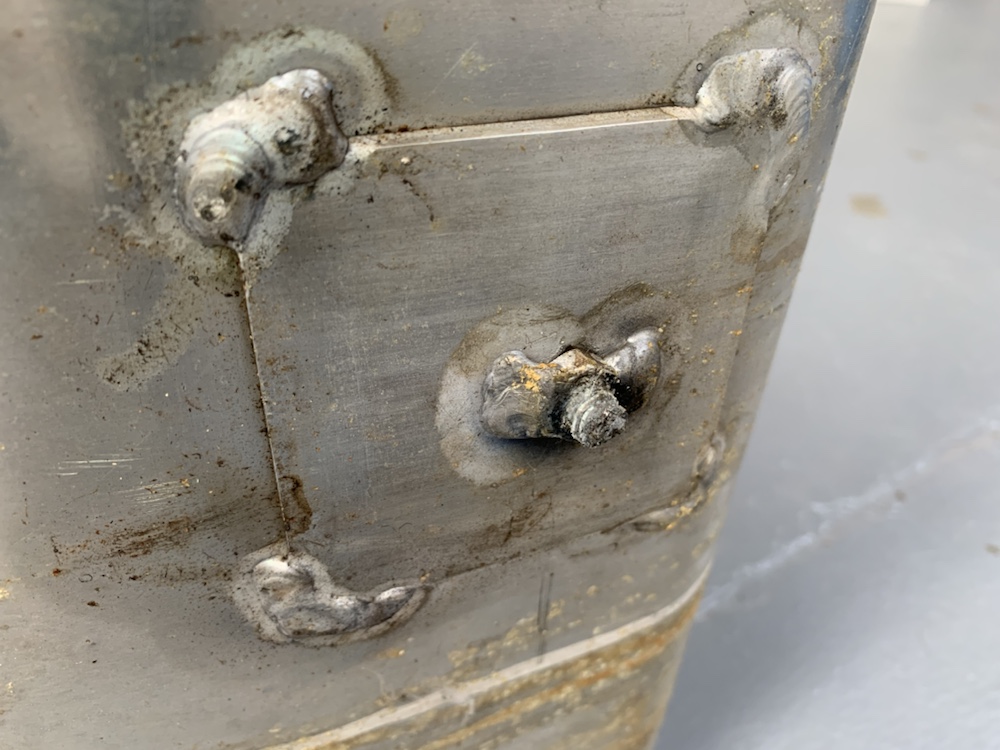
Annoying feature was the threads securing the tank. There are 3 threads welded to the tank, which secure the tank in the shell via nuts with large washers. Aluminium tank and threads, steel nuts and washers, struggle to believe this outcome wasn’t perceived as inevitable, even in the 1960s.
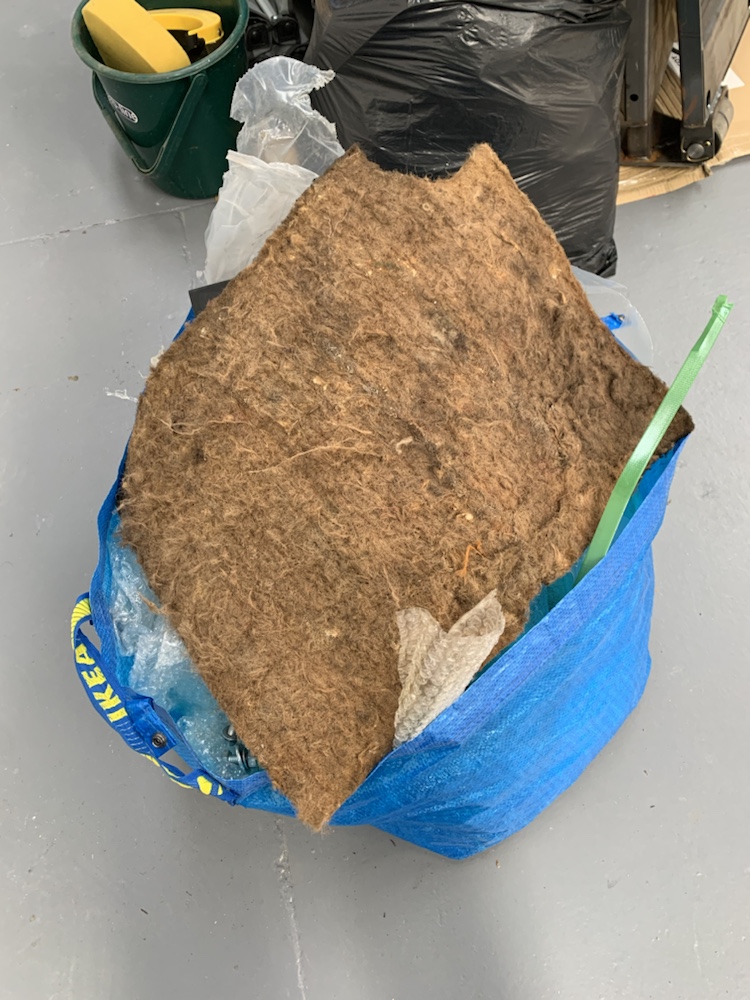
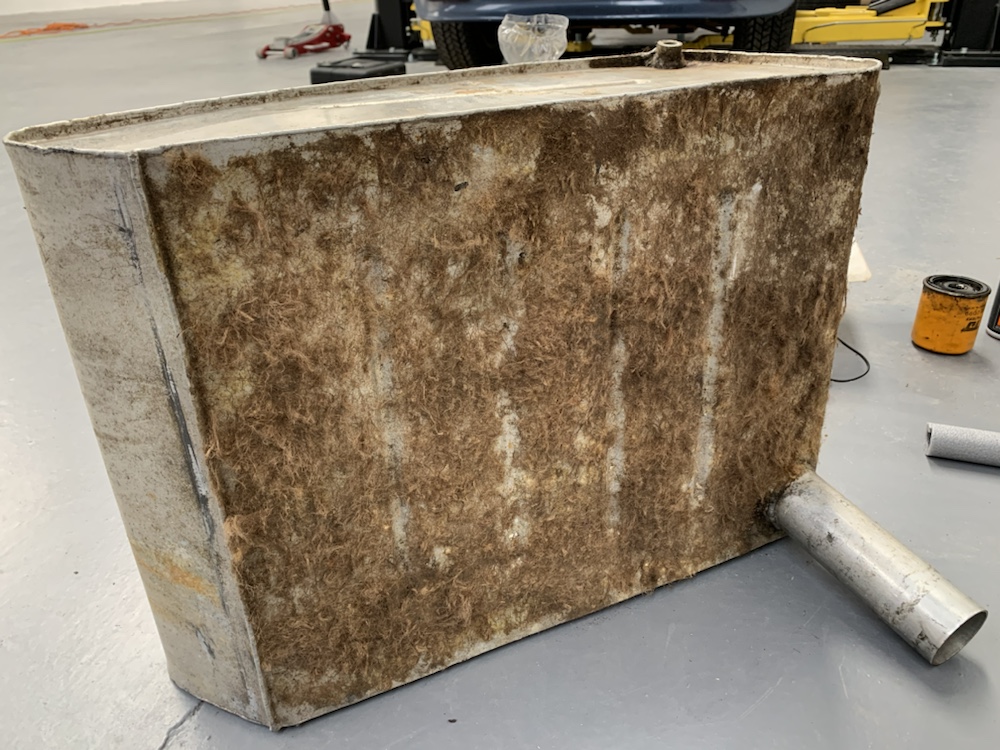
Yay, more bloody carpet fluff combined with half century old contact glue.
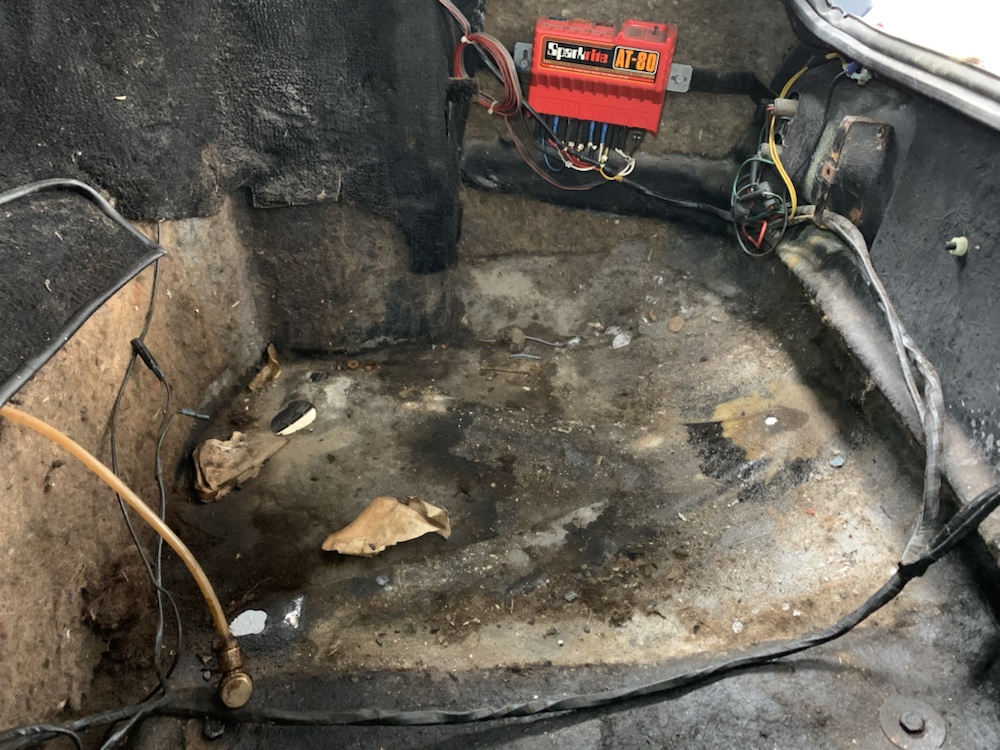
The boot now properly empty need a good clear out. Appears theres been some seeping from the banjo connection to the fuel line.
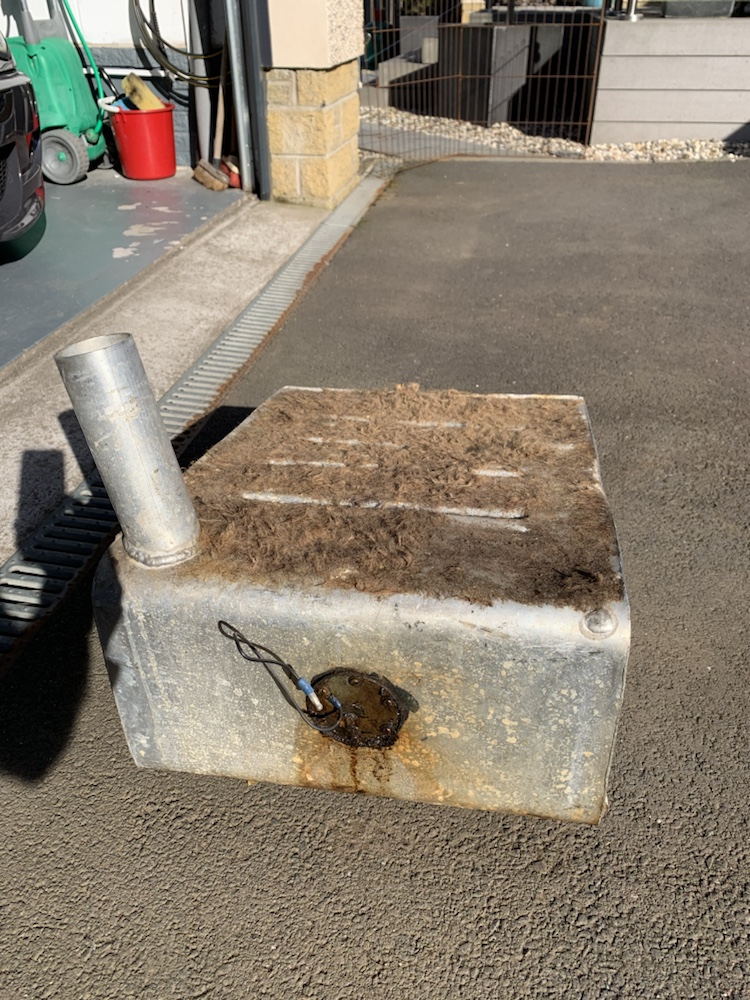
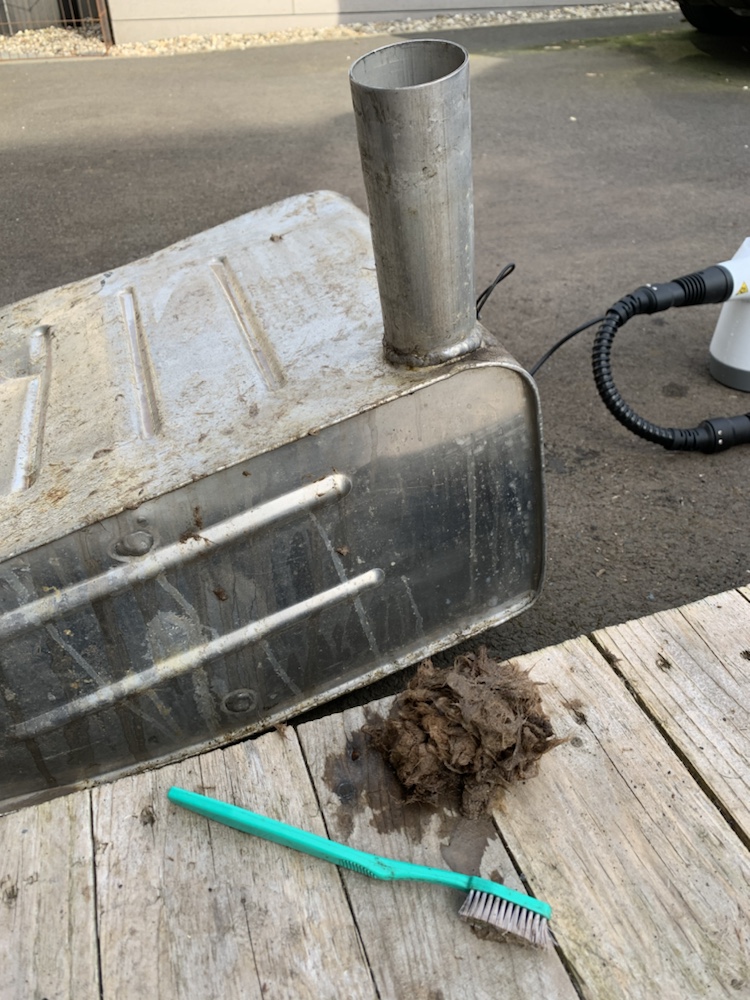
An afternoon with some glue & tar remover, various brushes and a steam cleaner saw off the remainung fluff
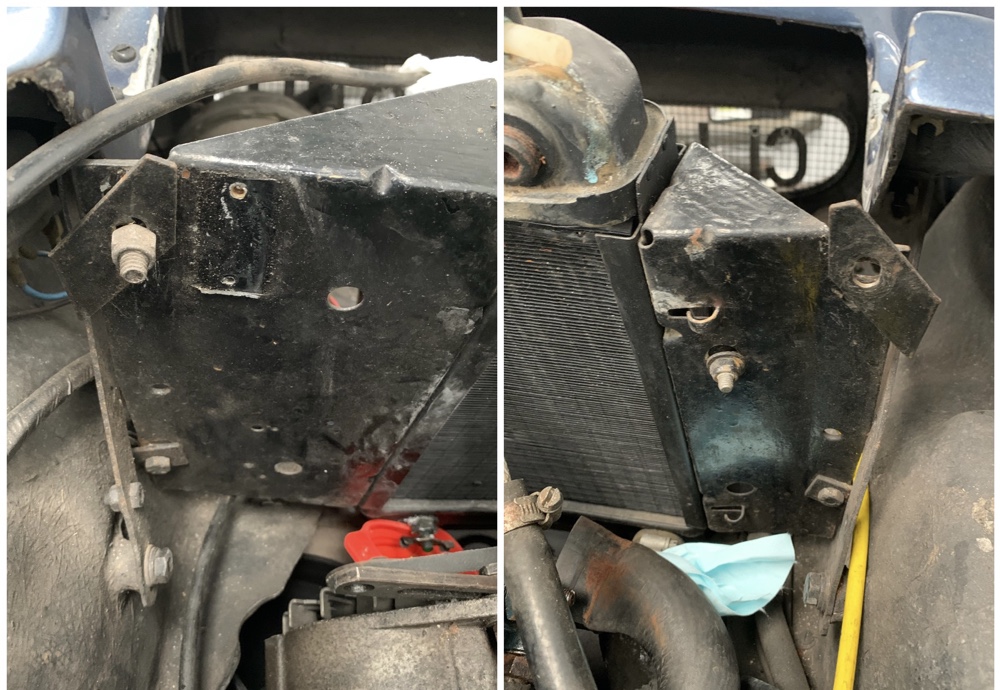
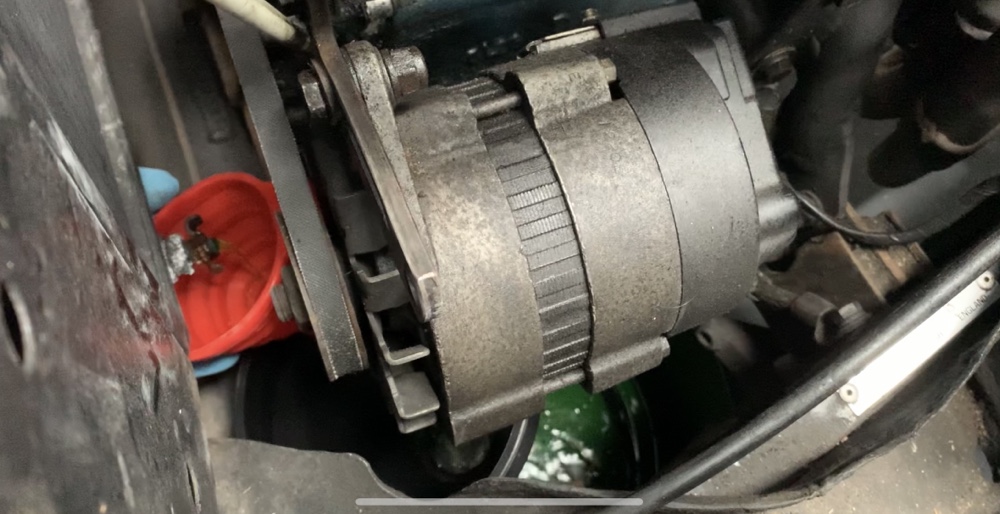
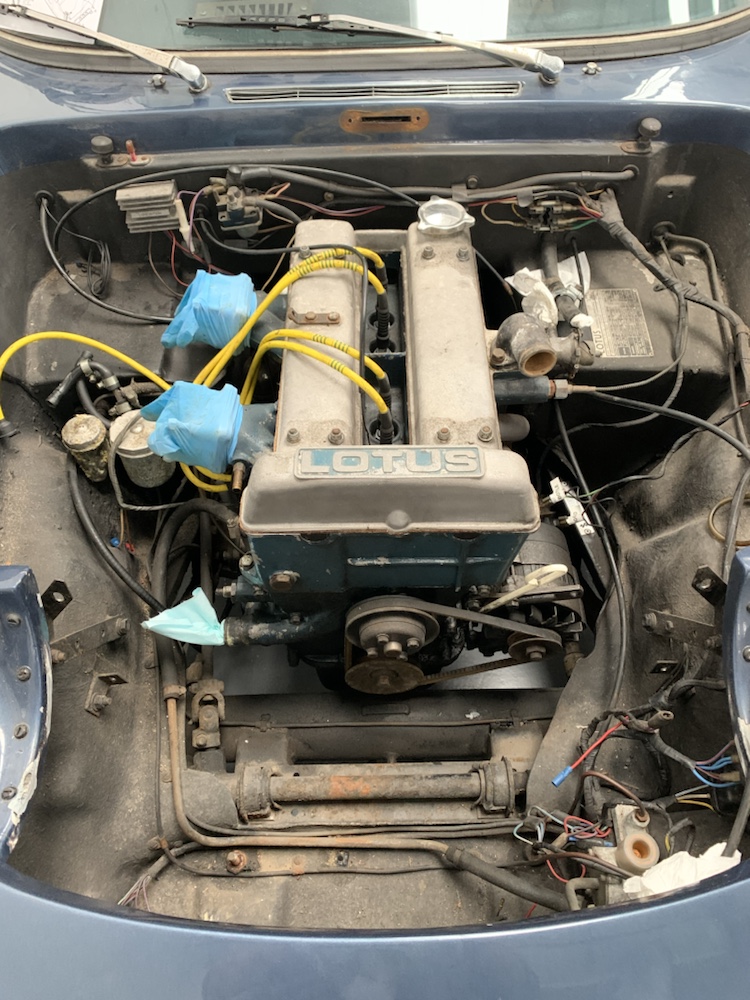
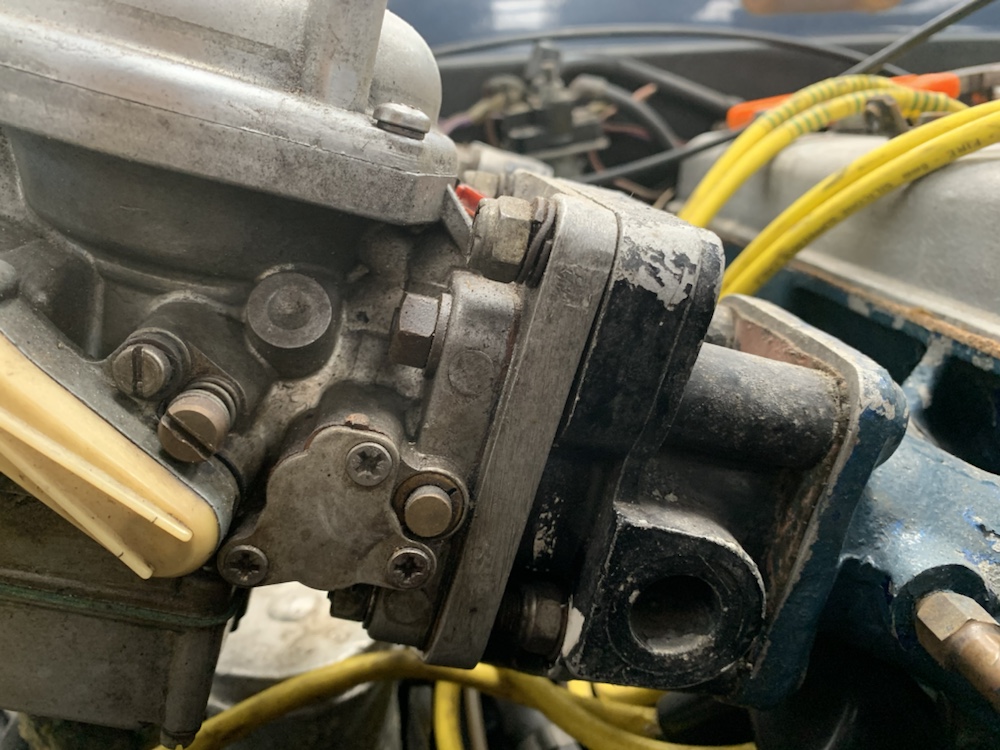
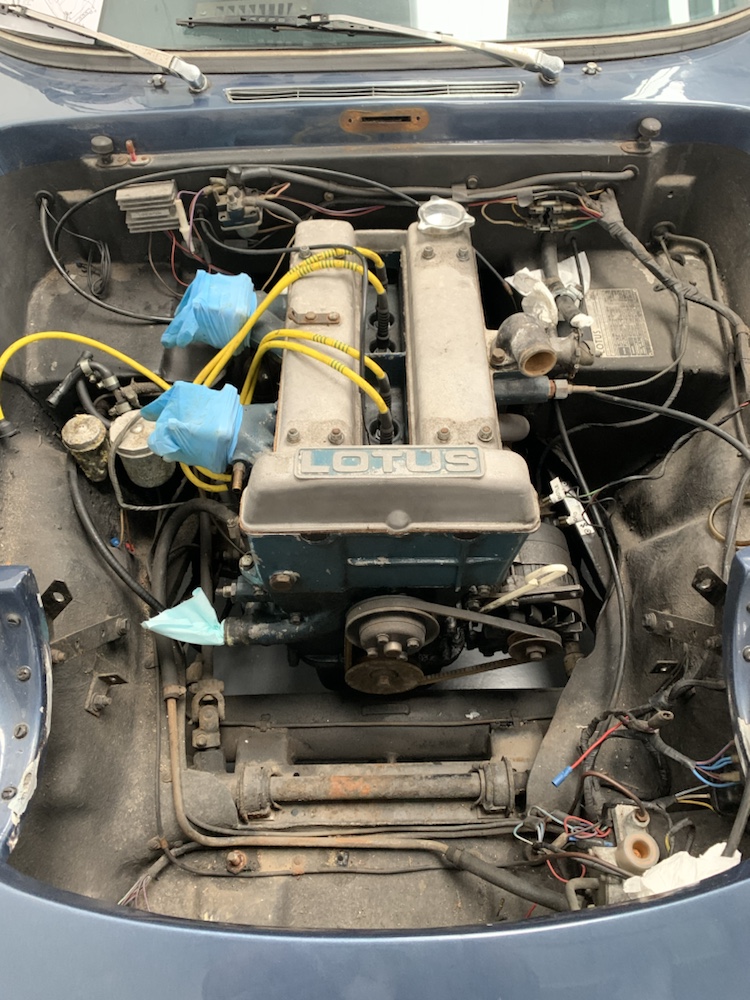

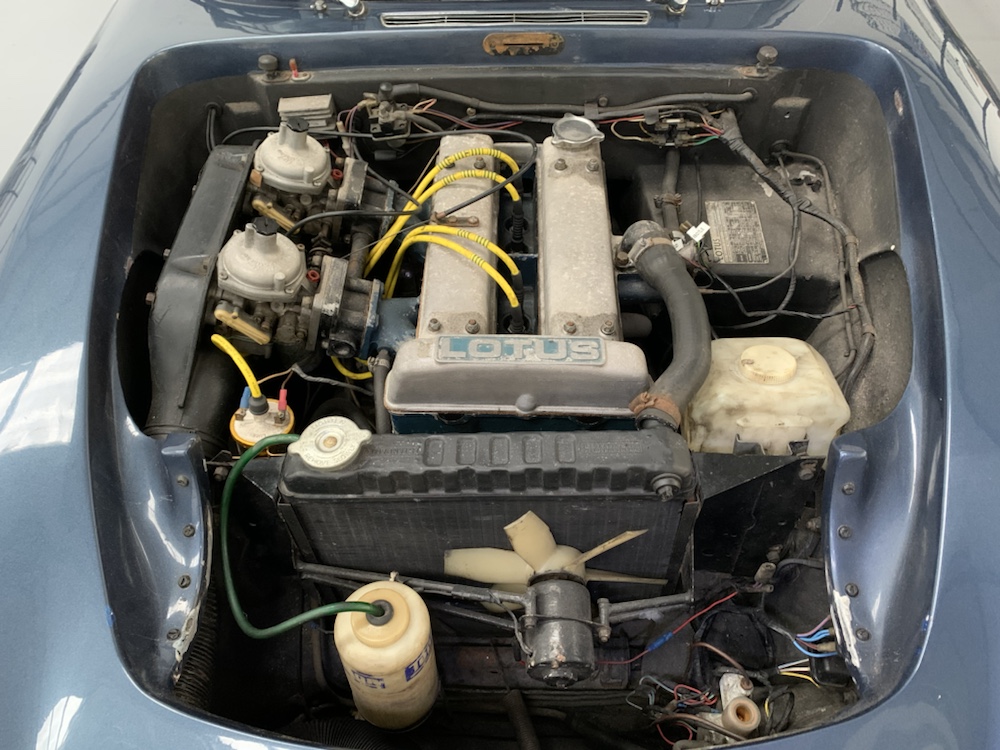
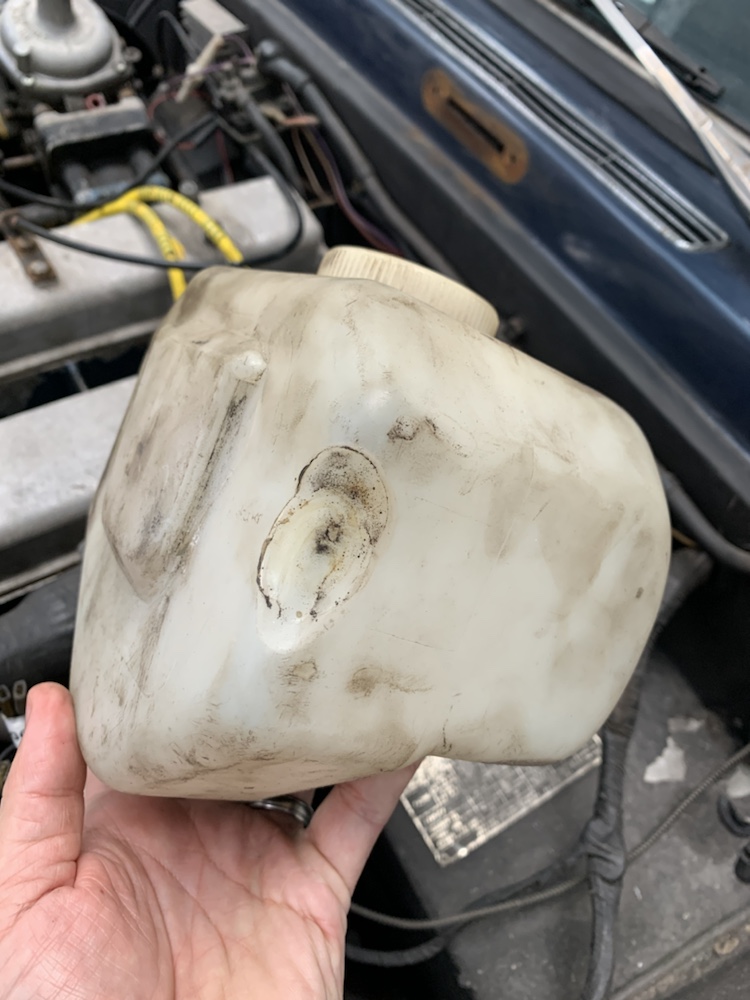
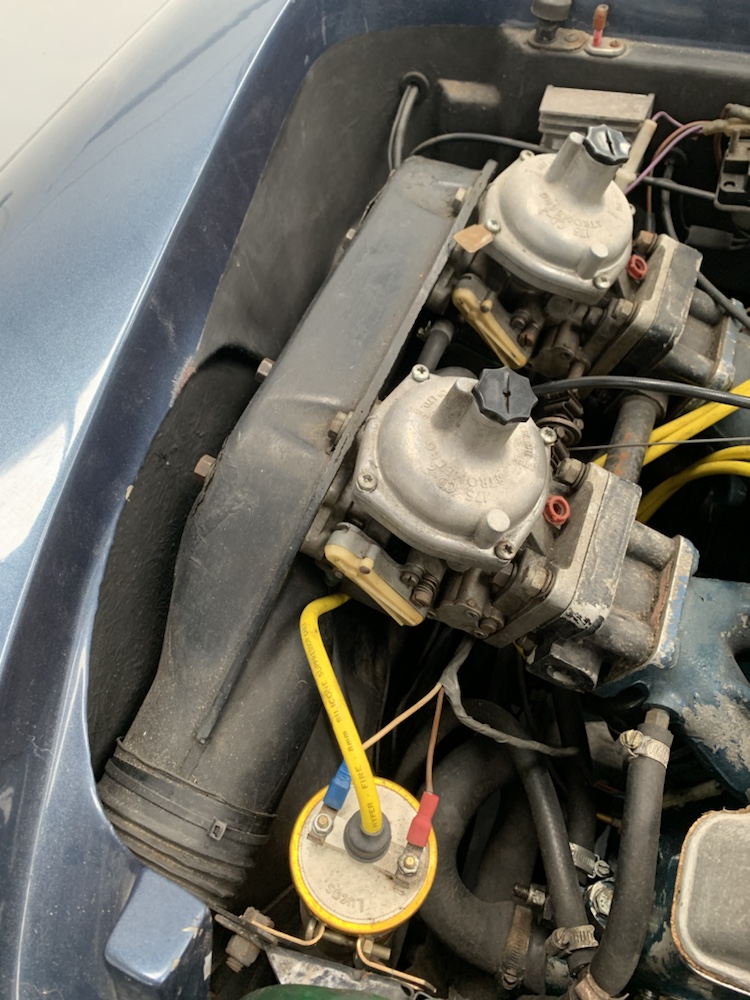
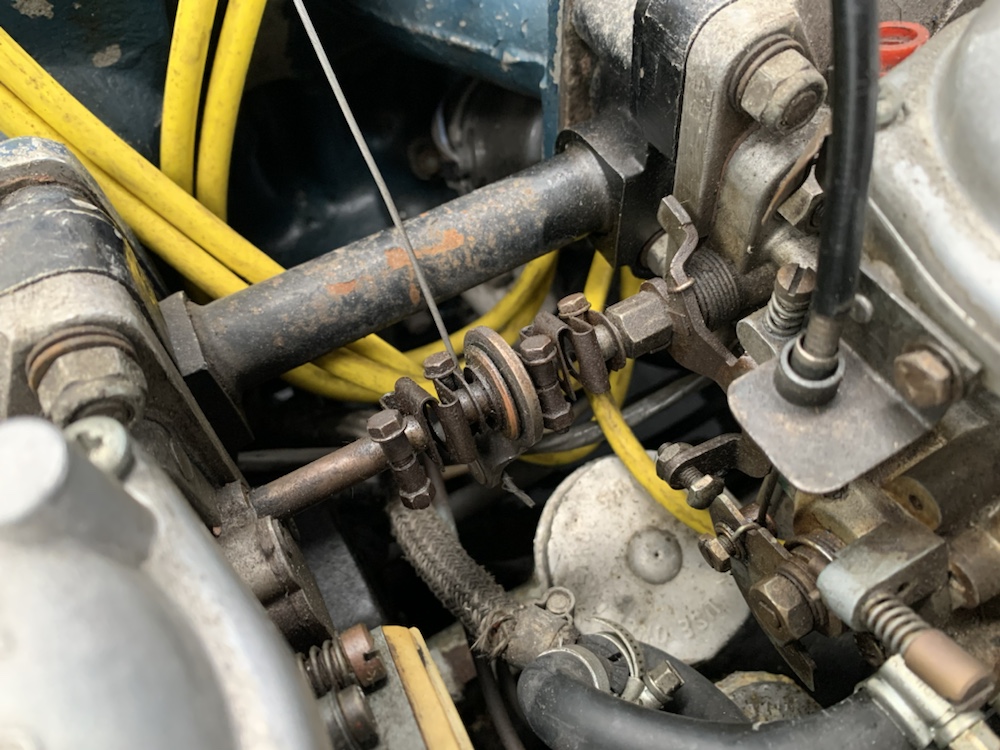


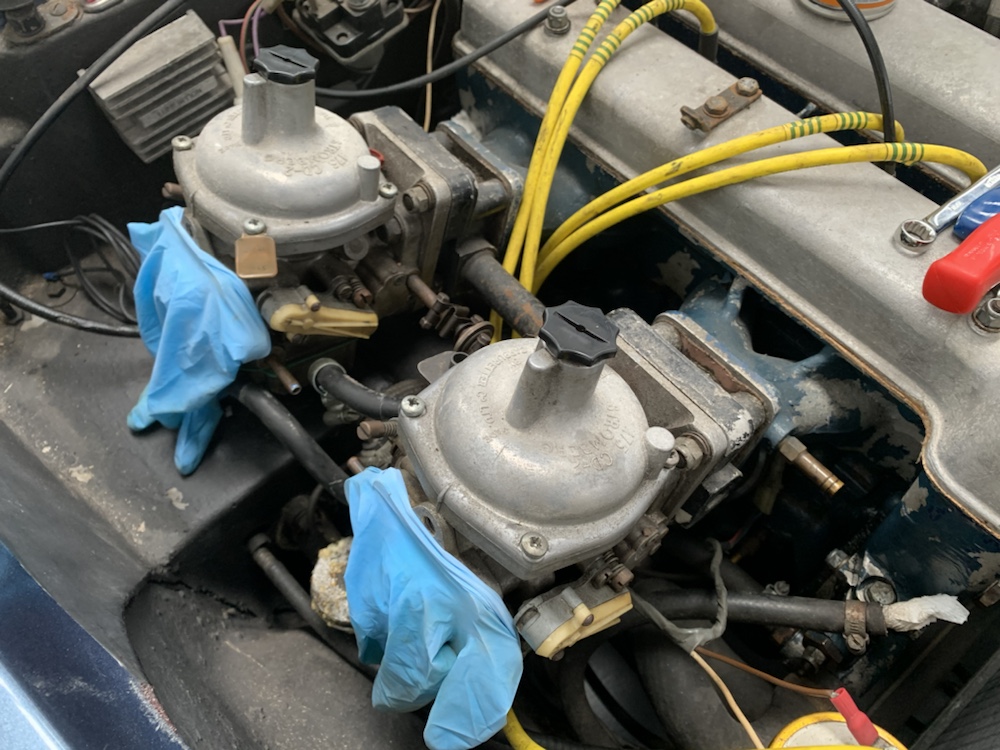
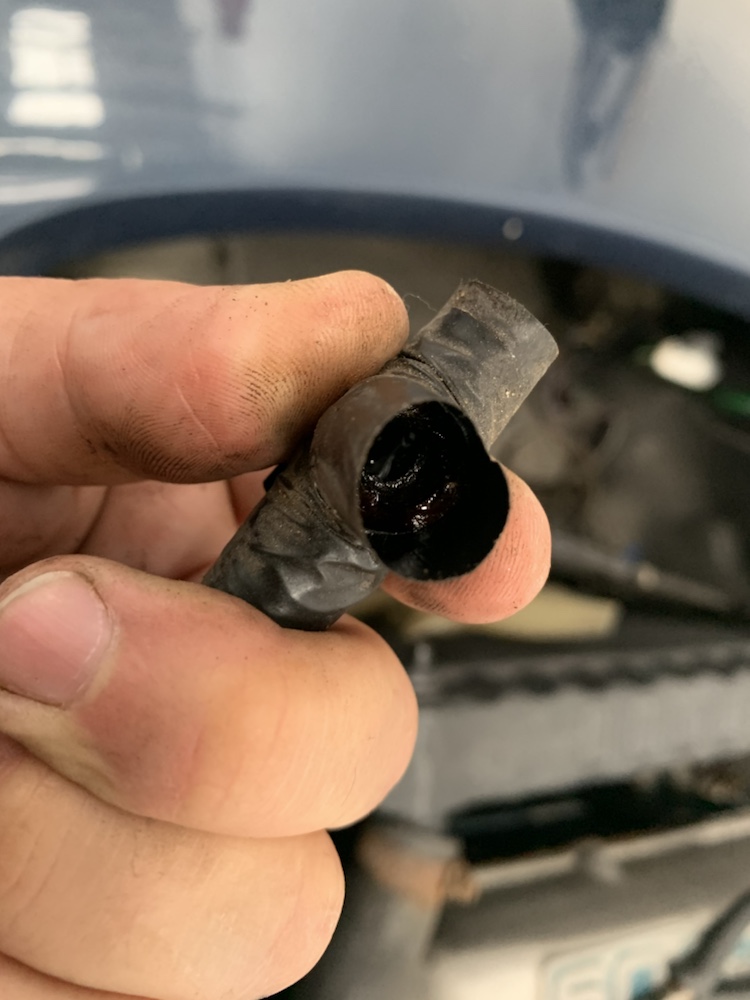

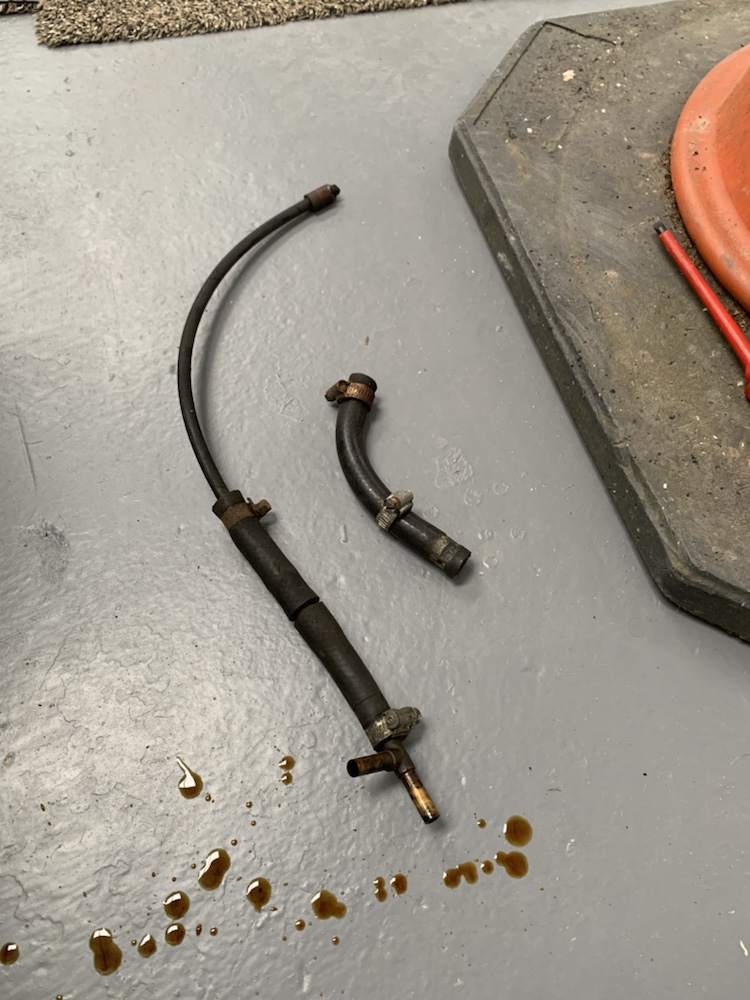
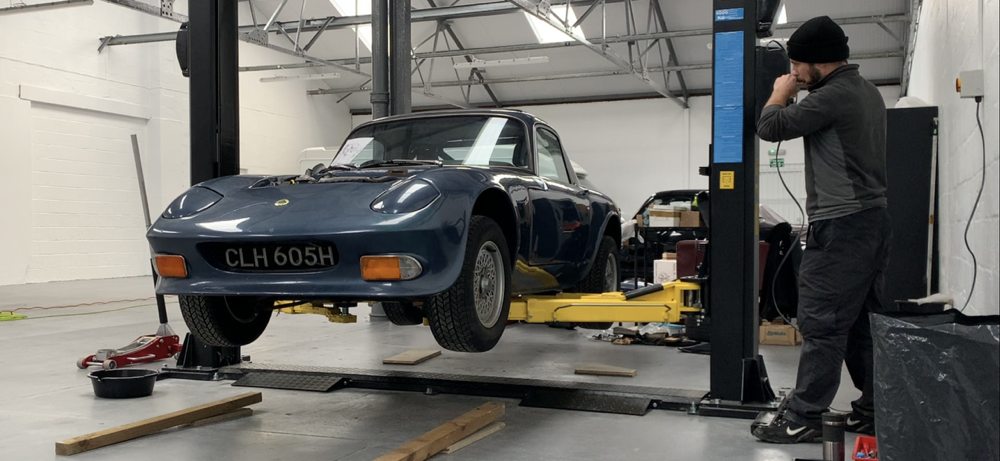
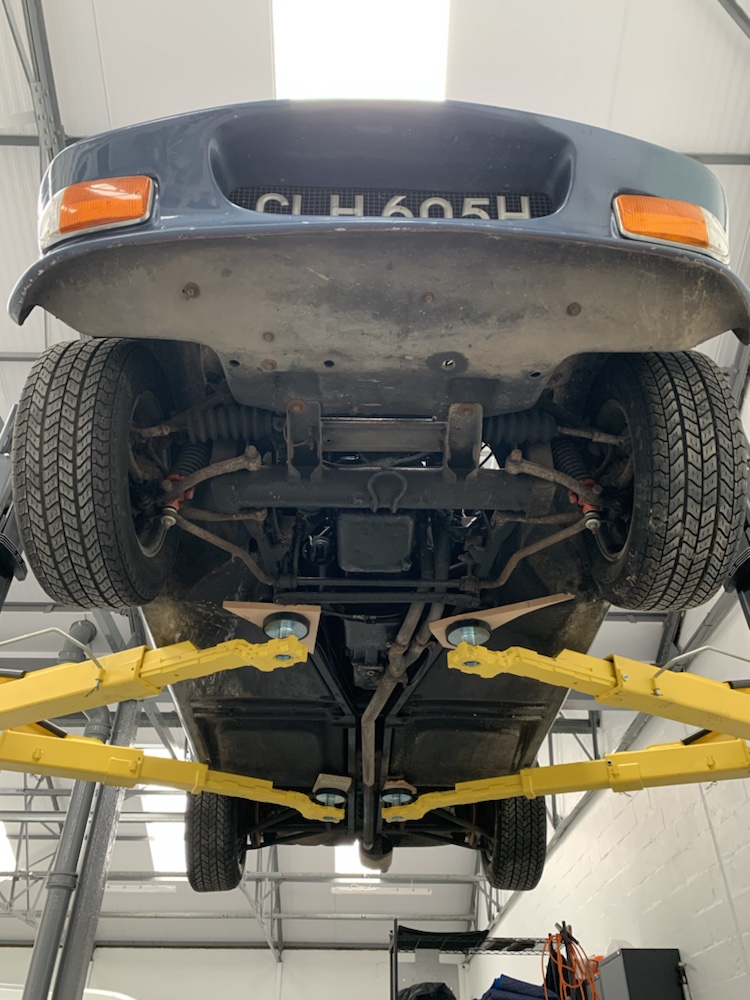

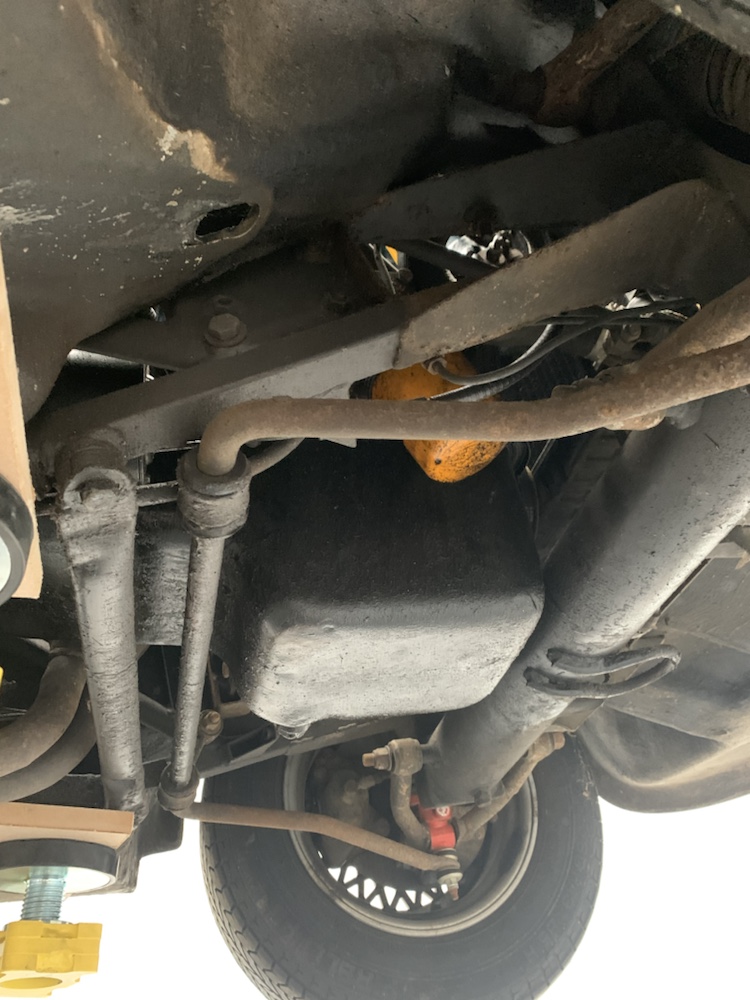
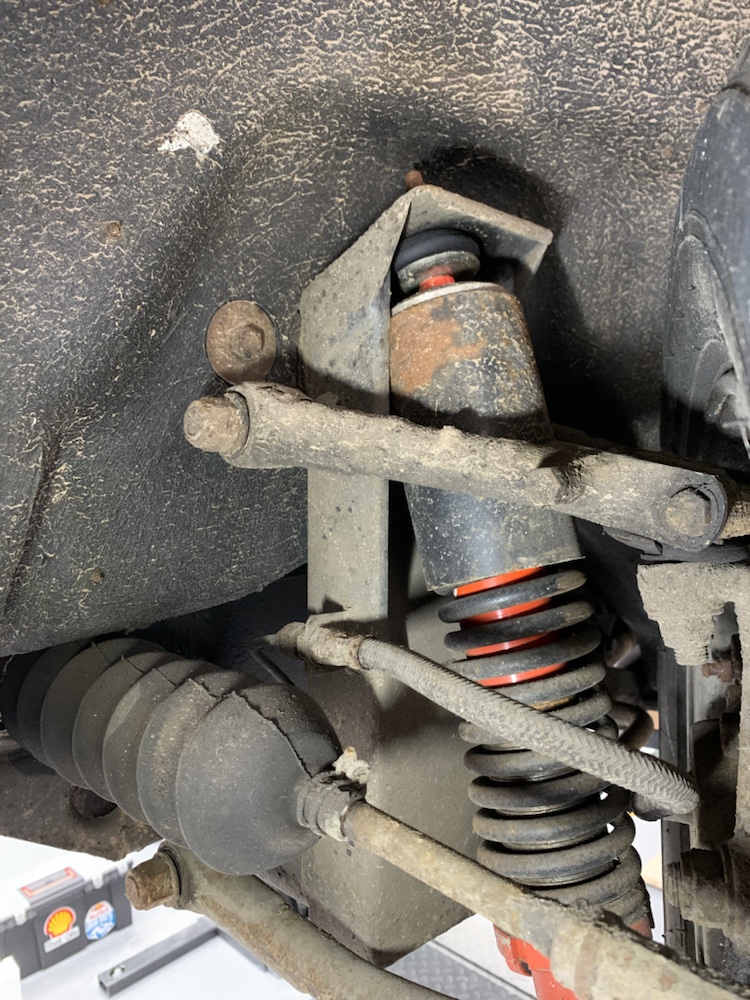
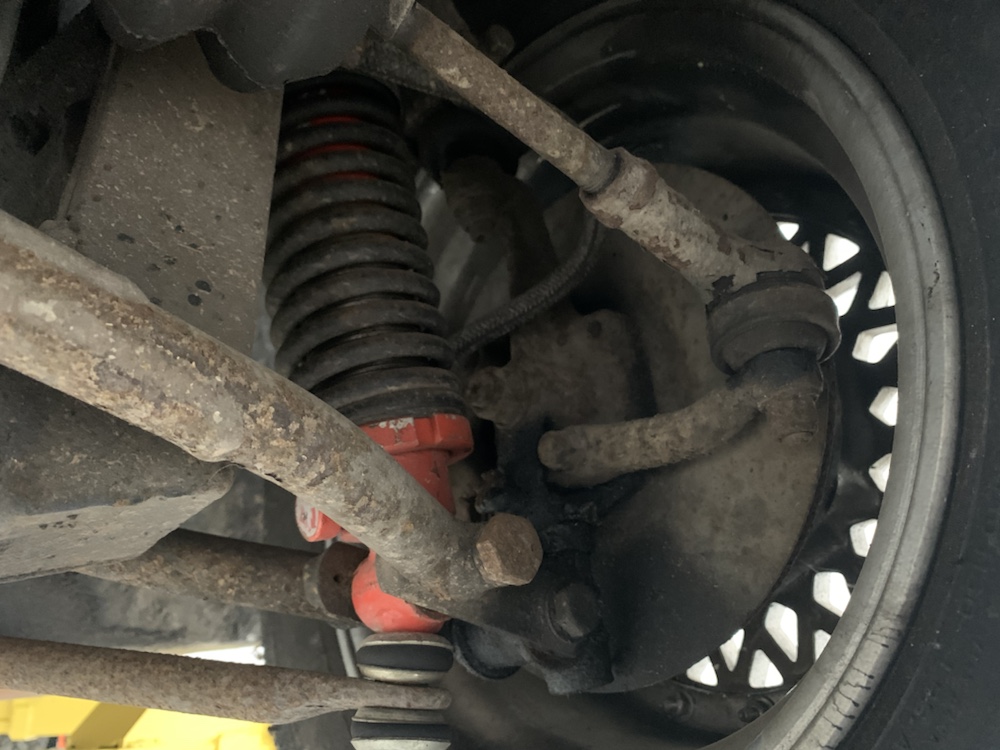 Front suspension shows light corrosion and the chromish coating on the Spyder wishbones is flaking. Mid-90s Avo coilovers are in good condition.
Front suspension shows light corrosion and the chromish coating on the Spyder wishbones is flaking. Mid-90s Avo coilovers are in good condition.